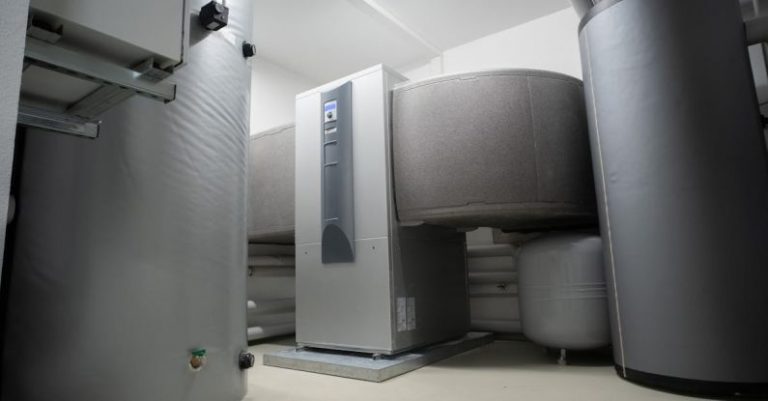How to Create an Effective Workflow in a Small Workshop?

In a small workshop setting, having an effective workflow is crucial to ensure productivity, efficiency, and overall success in your operations. Without a well-thought-out workflow, tasks can become disorganized, leading to delays, errors, and frustration among team members. To streamline your processes and optimize your output, implementing a structured workflow is key. Here are some strategies to help you create an effective workflow in your small workshop.
Establish Clear Objectives and Goals
Before diving into creating a workflow, it’s essential to establish clear objectives and goals for your workshop. What do you aim to achieve? What are your priorities? By defining your goals, you can tailor your workflow to align with your overarching objectives, ensuring that every task contributes to the bigger picture. This clarity will guide your decision-making process and help keep your team focused on what truly matters.
Identify Key Processes
Identifying the key processes in your workshop is the next step in creating an effective workflow. Break down your operations into smaller tasks and determine the sequence in which they need to be completed. Understanding the flow of work will enable you to identify potential bottlenecks, redundant steps, or areas for improvement. By mapping out your processes, you can visualize the entire workflow and make necessary adjustments to enhance efficiency.
Delegate Tasks Wisely
Delegating tasks wisely is essential in a small workshop where resources are limited. Assign responsibilities based on team members’ strengths, skills, and availability. By matching tasks to the right individuals, you can ensure that work is completed efficiently and effectively. Encourage collaboration and communication among team members to promote a seamless workflow and address any issues that may arise promptly.
Utilize Technology and Tools
In today’s digital age, leveraging technology and tools can significantly enhance your workshop’s workflow. Look for software solutions that can automate repetitive tasks, track progress, and streamline communication. Invest in equipment that improves efficiency and quality, such as specialized tools or machinery. By embracing technology, you can save time, reduce errors, and increase productivity in your workshop.
Implement Quality Control Measures
Quality control is a critical aspect of any workflow, ensuring that the final output meets the necessary standards. Implementing quality control measures at various stages of your processes can help identify errors early on and prevent them from escalating. Create checklists, conduct inspections, and seek feedback from team members to continuously improve the quality of your work. By prioritizing quality control, you can build a reputation for excellence and customer satisfaction.
Promote a Culture of Continuous Improvement
A culture of continuous improvement is essential for long-term success in your workshop. Encourage innovation, creativity, and feedback from your team members to identify areas where your workflow can be optimized. Regularly review and evaluate your processes to identify inefficiencies or bottlenecks that need to be addressed. By fostering a culture of continuous improvement, you can adapt to changing circumstances, stay competitive, and drive growth in your workshop.
Maximize Efficiency Through Time Management
Effective time management is key to maximizing efficiency in your workshop. Prioritize tasks based on urgency and importance, set realistic deadlines, and allocate time wisely. Avoid multitasking, as it can lead to errors and distractions. Encourage your team members to focus on one task at a time and limit interruptions during designated work periods. By managing time effectively, you can ensure that work is completed on schedule and within budget.
Strive for Consistency and Standardization
Consistency and standardization are crucial elements of an effective workflow in a small workshop. Establish standardized procedures, guidelines, and best practices to ensure that tasks are performed consistently across all projects. By creating a uniform approach to work, you can reduce variability, minimize errors, and improve overall quality. Strive for consistency in your processes to build trust with customers and maintain a reputation for reliability.
Embrace Flexibility and Adaptability
While having a structured workflow is important, it’s also essential to embrace flexibility and adaptability in your workshop. Circumstances may change, priorities may shift, and unexpected challenges may arise. Encourage your team members to be adaptable and open to new ideas, solutions, and approaches. By remaining flexible, you can respond quickly to changes, seize opportunities, and overcome obstacles with agility.
Conclusion: Drive Efficiency and Success in Your Workshop
Creating an effective workflow in a small workshop requires careful planning, clear communication, and a commitment to continuous improvement. By establishing clear objectives, identifying key processes, delegating tasks wisely, utilizing technology, implementing quality control measures, promoting a culture of continuous improvement, maximizing efficiency through time management, striving for consistency and standardization, and embracing flexibility and adaptability, you can drive efficiency and success in your workshop. With a well-structured workflow in place, you can optimize your operations, enhance productivity, and achieve your goals with confidence.





